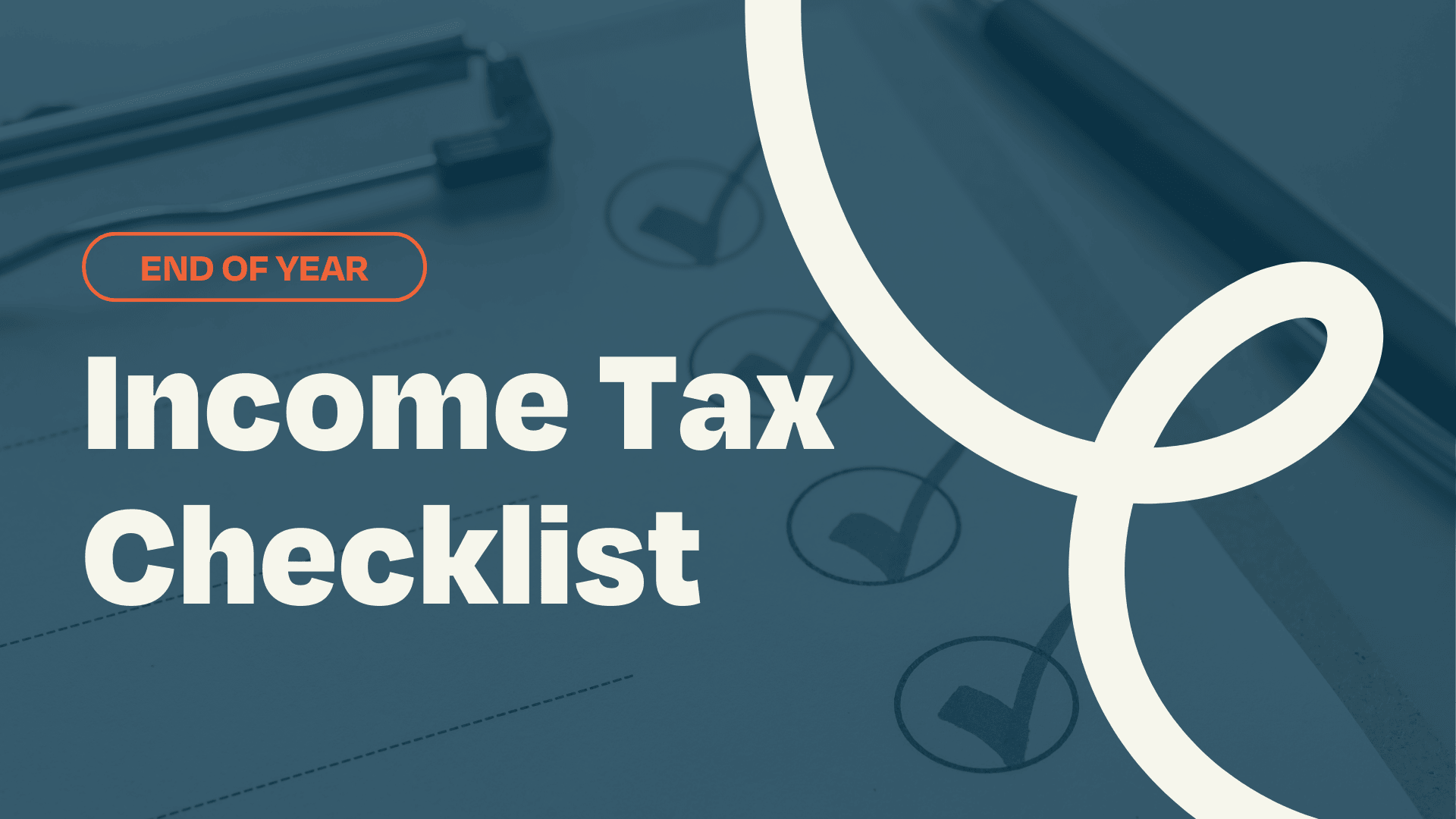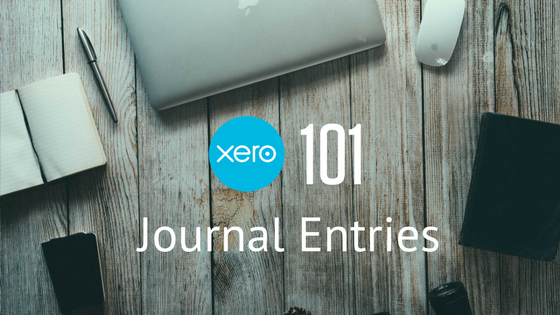1 min read
How to Manage Payroll Independently: Empower Your Business
As a small business owner, you wear many hats, juggling various responsibilities to keep your company running smoothly. One of the most important...
8 min read
Enzo O'Hara Garza
:
December 04, 2024

As the end of the year approaches, tax preparation often looms large for small business owners. The paperwork, the deadlines, the worry about potential IRS issues—it’s enough to make anyone feel overwhelmed.
But here’s the good news: Accounting Prose has your back. We’re pros at turning tax stress into smooth sailing. With the right preparation, tax season doesn’t have to be something you dread—it can be an opportunity to get your financial house in order and step into the new year confidently.
Let’s get started with a checklist that simplifies year-end prep and sets you up for success.
Using the handy-dandy checklist below will ensure the smoothest possible year-end filing.
Before starting, it’s important to keep a digital or paper copy (or both) of the following documents on hand. They’ll come in handy should there be any uncertainty as to when or why a transaction appeared in the Xero file.
Bank Statements
Credit Card Statements
Merchant Account Statements
Interest Statements
Payroll Reports: 940s, 941s, Payroll Journal, W-2s
1099-MISCs and 1099-NECs
Previous Year’s Tax Return
Accurately capturing all income and expenses on an Income Statement (or Profit & Loss) is key when filing taxes. Ultimately, this decides the final number of taxes you owe or deductions available for your business in 2024. Ensuring that everything adds up correctly to get a precise Net Income/Loss will save money at tax time and keep Uncle Sam happy!
Remember to review the following:
These unknown transactions need to be sorted and placed in the correct account. This is essential for having accurate financial figures at the end of the year. Make sure everything is cleared out so you can have a complete picture of your business's finances!
Accurate payroll records are not just about keeping employees happy—they’re essential for ensuring compliance with IRS regulations and avoiding costly penalties. Here’s a step-by-step guide to reviewing payroll totals effectively:
Review Forms 940 and 941 for the year. These forms report employment taxes and federal unemployment taxes, so it’s critical that all payments and filings align with the payroll totals in your accounting system.
Cross-check these forms against your payroll journal and summary reports to ensure consistency.
Ensure that the totals reported on employee W-2s—wages, tips, and other compensation—match what’s been filed on Forms 940/941. Any discrepancies between these forms can trigger an IRS audit or penalties.
Confirm that Social Security and Medicare wages on the W-2s reconcile with what was reported in quarterly filings.
Review any corrections or amendments made throughout the year, such as updated wage amounts or adjustments for overpaid/underpaid taxes.
If errors were found in previously filed forms, work with your payroll provider to file amended returns (e.g., Form 941-X for corrections).
Confirm that all payroll-related expenses, including bonuses, commissions, and reimbursements, are accounted for in your records.
Include fringe benefits like health insurance or retirement plan contributions, as these may impact taxable income.
Reconcile payroll data in Xero to ensure all amounts—gross wages, taxes, and deductions—are accurately recorded and match payroll provider reports.
Look for missing or duplicated transactions that could throw off your totals.
Verify that state unemployment insurance (SUI) rates are up to date and have been applied correctly throughout the year.
Review local tax filings for compliance with city or county requirements.
If you use a third-party payroll provider, like Gusto, request a detailed year-end reconciliation report to validate the accuracy of all filings.
Address any errors promptly to ensure they are corrected before issuing W-2s or other year-end forms.
Taking the time to ensure payroll totals are accurate not only reduces stress during tax season but also minimizes the risk of penalties or compliance issues down the road. Accurate payroll records keep your business running smoothly and your employees confident in your processes.
To ensure that deductions are presented accurately, and to prevent any red flags from arising, it's wise to check all accounts thoroughly for transactions categorized incorrectly; even though the items in suspense may already have been cleared.
Don't want to do this review manually? We get it! Wading through piles of data can be time consuming and error prone, so we recommend using Dext Prepare or Keeper to make light work of this important task. Here's are some of our favorite features of each product.
Dext Precision works alongside your Xero account to:
Flag potentially miscategorized transactions
Identify duplicate entries
Spot unusual spending patterns
Highlight coding inconsistencies
Monitor account reconciliation status
Keeper helps maintain clean books by:
Automatically analyzing transaction patterns
Alerting you to unusual categorizations
Providing detailed transaction histories
Creating audit trails for expense reviews
Suggesting corrections based on historical data
By leveraging the features of Dext Precision and Keeper, small business owners can maintain accurate transaction categorizations, leading to more reliable financial reporting and a smoother accounting experience.
Let's face it, these expenses can often go unnoticed. To avoid such an inconvenience, make sure to record them as soon as you come across them throughout the year; that way they are fresh in your memory. Additionally, double-checking your personal accounts will bring assurance that a careless mistake won't be made and invite unnecessary attention. If any transactions were neglected or forgotten about entering them into Xero with the original date on the statement is what needs to be done in order for everything to even out again!
The home office deduction is a tax break that allows small business owners to deduct certain expenses related to their home office. This includes rent or mortgage interest, utilities, repairs, insurance, and security. It can be a great way to save money when filing taxes as it provides a substantial deduction for those who work from home.
To take advantage of this deduction, you must use your home office regularly and exclusively for business. This means that it cannot be used as a guest room or for any other personal purpose. Additionally, it must be the principal place of business so if you work outside of the home the majority of the time, you won’t qualify for the deduction.
The yearly limit on home office expenses is calculated on a per-square-foot basis. So, make sure you measure the square footage of your office before filing to make sure you don’t miss out on any possible deductions. With careful planning and record keeping you can maximize your tax savings with the home office deduction.
To get a comprehensive overview of your business at the conclusion of the year, turn to the Balance Sheet. It clearly displays what you own and is owed - two vital aspects that aren't always taken into account when filing taxes but nevertheless deserve accuracy as we move forward into the new year.
Although most entries in this document can be automated, it's still essential to confirm each balance manually for any discrepancies or error-prone information so that all figures presented on the sheet may be updated and modified accordingly.
Assets are items that you own, including bank accounts, cars, equipment, and inventory. If you have any products in stock, always assess the quantity through a physical count - even if using perpetual inventory which monitors what's being transferred into or out of your business. Mistakes can occur so it is vital to perform this yearly review; double-checking with an annual tally will help detect these errors before they become too severe!
When you owe something, that is classified as a liability. Thus it's essential to double-check your loan and credit balances by comparing them with the data on your accounting software. This way, you can be certain all requisite information is accurate. Further, it's wise to check any incoming bills that may have gone unnoticed or forgotten about throughout the year.
Depreciation is a non-cash expense related to the tangible asset of a business. It is the process of allocating the cost of an asset over its useful life, and it is used to match revenue with expenses over time. Depreciation provides a way for businesses to spread out the cost associated with purchasing an asset over several years, rather than taking the entire cost as an expense in a single year.
Typically your accountant will provide your depreciation schedules after they have filed your tax return, which can then be updated within Xero. Remember, for any incoming assets, it's important to keep track of their purchasing date and cost so that your CPA may calculate their depreciated value correctly each year.
By adding in these liabilities, which are owed to employees or vendors for work done last year but yet unpaid, all prior year expenses stay correctly allocated. This way they don't get shifted into the current year when eventually paid out.
Don't forget to stay up-to-date on your filing requirements. Depending on who you have paid throughout the year, there might be forms that need to be filed in addition to your tax return such as 1099-NECs for any independent contractors or W2s for employees
Ready to submit 1099 forms? Gather all essential information for relevant vendors and get them ready. The vendor and the IRS must receive copies of their 1099 form by January 31st in order to avoid any late filing fees. Collecting W9s from your vendors and contractors early will help you to easily fill out their 1099, ensuring that everything is filed accurately as well as on time!
When filing taxes, employers must check the accuracy of the 940 and 941 reports filed throughout the year. This is because any discrepancies can lead to potential penalties and an increase in tax liability. It is important to review any changes made over the year that could affect the wages, such as bonuses, overtime pay, or other employee compensation.
Once all payroll totals have been confirmed and all employee information has been gathered (such as the wage and withholding amounts reported in the W-4 when each person was hired), it's then time to issue each employee their Form W-2. This form is crucial for employees to receive, as it forms the basis for filing their individual income tax returns. Make sure to issue these forms by no later than January 31st in order to avoid any penalties or late filing fees.
In addition, it's also important to remember that all of the information on a W-2 must match up with what's reported on an employee's federal and state tax returns for the year. If any discrepancies are found, they must be corrected and reported immediately. In order to avoid any errors, it's best to review all Form W-2s before submitting them to both the IRS and each employee.
Look, we get it – budgeting isn't exactly your idea of a fun Friday night. But here's the thing: having a solid budget in Xero is like having a GPS for your business. Never set one up before? No worries! There's no better time than now to start, and we promise it's not as scary as it sounds.
Think of your Xero budget as your business's crystal ball. It helps you:
See where your money's actually going (sometimes surprising, right?)
Spot potential money troubles before they become headaches
Plan for the fun stuff, like growing your business
Make smarter decisions about where to invest
Before we zoom into 2025, let's take a moment to appreciate how far you've come. Pull up those 2024 numbers and ask yourself:
Did you hit your targets? (If not, no judgment – let's learn from it!)
What surprised you this year? (Good or bad, there's always something!)
Which parts of your business really rocked it?
Where did you feel the pinch?
Now for the fun part – planning for your future! This isn't about boring corporate goals; this is about YOUR business dreams:
Grab your favorite beverage and let's think about:
Which parts of your business make you smile?
What do your customers love most?
Where are you crushing it?
Any tasks giving you a headache?
Where do you wish you had more help?
What would make your customers even happier?
Which tasks are eating up too much time?
Any products or services that just aren't worth the hassle?
What's keeping you up at night that shouldn't be?
Remember, this is YOUR business. All this dreaming isn't about creating perfect spreadsheets – it's about making your business work better for you and your dreams. And hey, if you need help figuring any of this out, that's what we're here for!
If you're tired of:
Stressing about tax deadlines
Wondering if you're missing deductions
Spending weekends sorting through receipts
Worrying about IRS compliance
...then let's chat! We'd love to show you how we can take these headaches off your plate.
Give us a shout – we promise we don't bite!
Share your biggest business challenges with us
Let us create a custom plan to support your goals
Get back to doing what you love (and leave the number-crunching to us)
The best time to get started on tax prep was yesterday. The second best time? Right now! Whether you decide to work with us or tackle it on your own, taking action today will make your tomorrow so much easier.
Remember, our team is just a phone call or email away. We're here to help you turn tax season from a dreaded chore into just another part of running your awesome business.
Here's to making 2025 your best year yet! 🎉

1 min read
As a small business owner, you wear many hats, juggling various responsibilities to keep your company running smoothly. One of the most important...
.png)
Hiring your first employee can be a daunting experience. After all, you’re responsible for not only finding the right person to fill an important...

A journal entry is a means of manually recording transactions and adjustments to your Xero accounting file. Some main reasons for posting a journal...